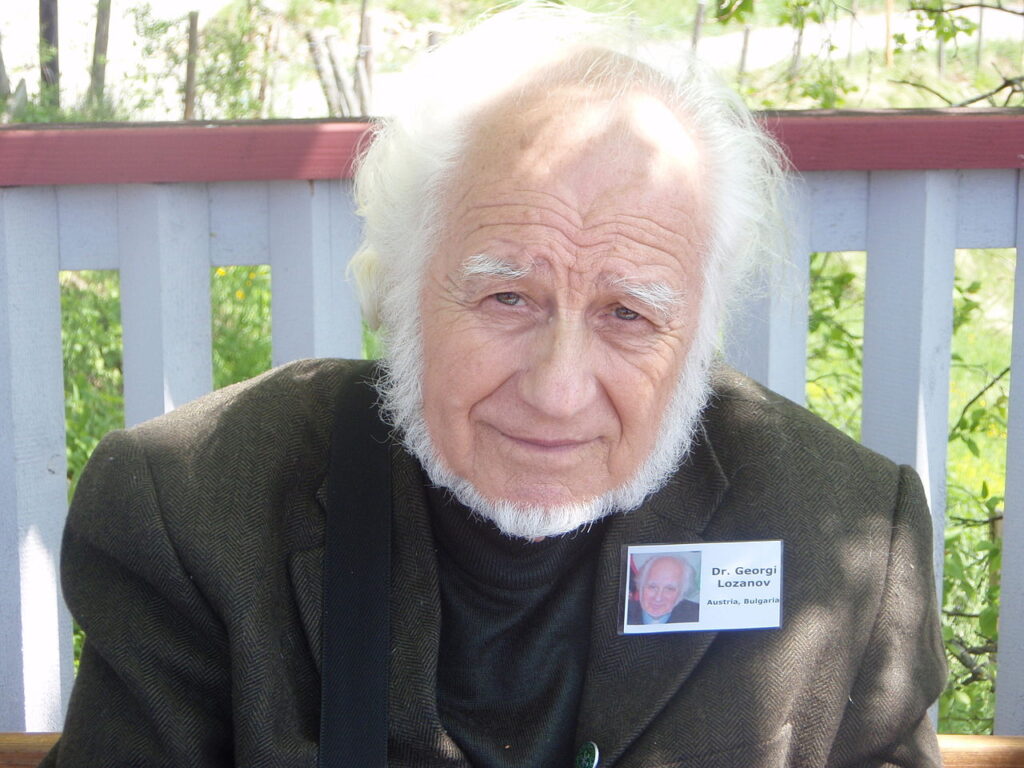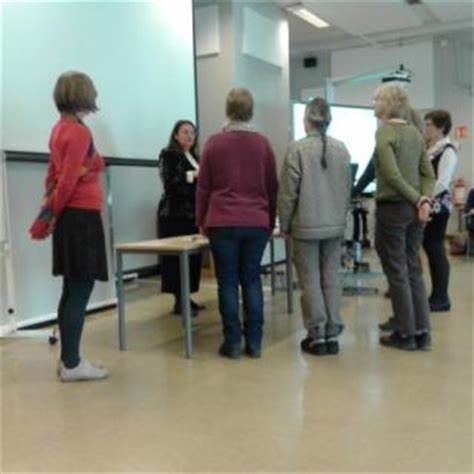Bulgaria
Grades 9+
 The year is 1966. Students in the class of Dr. Georgi Lozanov relax in beanbag chairs, eyes closed, as Lozanov quietly intones words of a foreign language.
The year is 1966. Students in the class of Dr. Georgi Lozanov relax in beanbag chairs, eyes closed, as Lozanov quietly intones words of a foreign language.
They are part of a revolution.
Years before, Professor Lozanov had begun to wonder why some groups in Africa and India could memorize unbelievable amounts of material – sometimes as much as a dozen volumes’ worth of geneologies going back hundreds of generations.
He discovered that the memorizers had to be relaxed and the material needed to be delivered in a 4-4 pattern: four seconds of information and four seconds of silence or quiet music without lyrics. The result, Lozanov conjectured is that the method stimulates the subconscious.
Using his method, students were able to learn a language well enough to think in it – in six weeks. In other subjects, students could learn an entire year’s worth of material in a month.
But Lozanov had enemies. He refused to be a member of the Communist Party, and the Party controlled Bulgaria’s universities. The Party saw the value of this new learning method, which Lozanov had named “Suggestopedia.” A committee was formed to examine the method.
 Some members of the Party wanted to embarrass him. They wanted to show that his method did not work. They therefore had his enemies take all the committee’s positions.
Some members of the Party wanted to embarrass him. They wanted to show that his method did not work. They therefore had his enemies take all the committee’s positions.
But Lozanov defeated them. He chose a language – Italian – that none of the committee members knew. He used the method on the committee.
They became fluent in Italian in six weeks.
And then the Communist Party reared its ugly head. “You are not to publish more academic papers on your idea,” they told him. They did not want the West to get hold of Suggestopedia.
To make matters worse, Party members published papers that gave wrong techniques, so educators from the West would institute the method incorrectly. Meanwhile, the idea was taken to the Soviet Union. There, it became a classified secret and was used to train military officers.
∗
But the cat was out of the bag.
Two professors from Iowa State University had become interested in the method. They knew how Lozanov had started, and they knew the results. They developed a method that was very similar to Lazonov’s – only better. That’s because the researchers knew how Lozanov started and knew the results he was getting, so they were able to refine as they went rather than trying and failing, only to try again. It’s like knowing a destination and figuring out the best way to get there versus starting off on a trip, unsure where you will end up.
 Today, in America, Suggestopedia is known as Superlearning and is part of the educational movement called Accelerated Learning. One practical technique involves learning with music playing. But what kind of music should you play?
Today, in America, Suggestopedia is known as Superlearning and is part of the educational movement called Accelerated Learning. One practical technique involves learning with music playing. But what kind of music should you play?
- When you study while listening to rap, the heart rate goes up, and learning goes down.
- When you study while listening to country western, the heart rate goes up (but not as much as with rap), and learning goes down (but not as much as with rap).
- When you study while listening to soft rock, the heart rate stays the same, and learning is the same as with no music.
- When you study while listening to classical music, the heart rate goes down and learning goes up.
- When you study while listening to Baroque largo (i.e. slow Baroque music) with a 4-4 beat, the heart goes down more than with classical, and learning goes up more than with other classical.[1]
In other words, it is the heart rate, and not the music, that makes the difference in learning. If the heart rate is lower, the body is more relaxed. If the body is more relaxed, it stimulated the subconscious.
Back in Bulgaria, meanwhile, the worldwide phenomenon Lozanov started has finally been officially recognized. In 2007, the Government of Bulgaria introduced reforms to its education system, the School Autonomy Reforms. Many of those reforms use Lozanov’s techniques. As a result, education in Bulgaria has gained an impressive efficiency that’s been increasing in recent years.
Bulgaria Activity 1
Identify the sentences in the following. Then draw and label syntax trees:
- Students in the class of Dr. Georgi Lozanov relax in beanbag chairs as Lozanov intones words of a foreign language. (Treat Dr. Georgi Lozanov as one word.)
- Sentence 1:
- Sentence 2:
- Conjunction:
- He chose a language that none of the committee members knew.
- Sentence 1:
- Sentence 2:
- Conjunction:
- The heart rate stays the same, and learning is the same as with no music.
- Sentence 1:
- Sentence 2:
- Conjunction:
- Students in the class of Dr. Georgi Lozanov relax in beanbag chairs as Lozanov intones words of a foreign language. (Treat Dr. Georgi Lozanov as one word.)